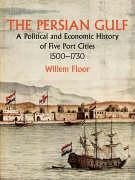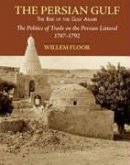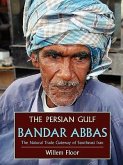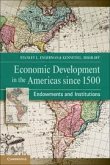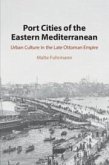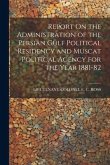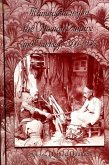This book provides the most comprehensive overview to date of the Persian Gulf at a time of major political change, when the successive arrivals of the European "trading empires" had just begun. The study emphasises the role of the local elites and how they manipulated and used the European administrative structures for their own gain. The book also delves into various aspects of the governance of ports. Based on a wide variety of sources, including unpublished information from Dutch and Portuguese archives, it makes clear that the Persian Gulf and the Gulf of Oman were an integrated part of the Indian Ocean network of trade, culture, migration, and politics. Despite that interconnectedness there were significant differences between the various competing Persian Gulf ports. These differences (as well as the similarities) in the political economy of each of the five major ports of the period (Hormuz, Bandar Abbas, Masqat, Bandar-e Kong, and Basra) are highlighted. The patterns of local administration and the morphology of each port, as well as what they meant for the development and nature of trade, are discussed in detail. And the controlling influence of the hinterland beyond each of the ports is stressed, while many prevailing, and wrong, notions about the role and importance of Europeans, trade, and what drove political developments in the Persian Gulf are corrected.
Hinweis: Dieser Artikel kann nur an eine deutsche Lieferadresse ausgeliefert werden.
Hinweis: Dieser Artikel kann nur an eine deutsche Lieferadresse ausgeliefert werden.

